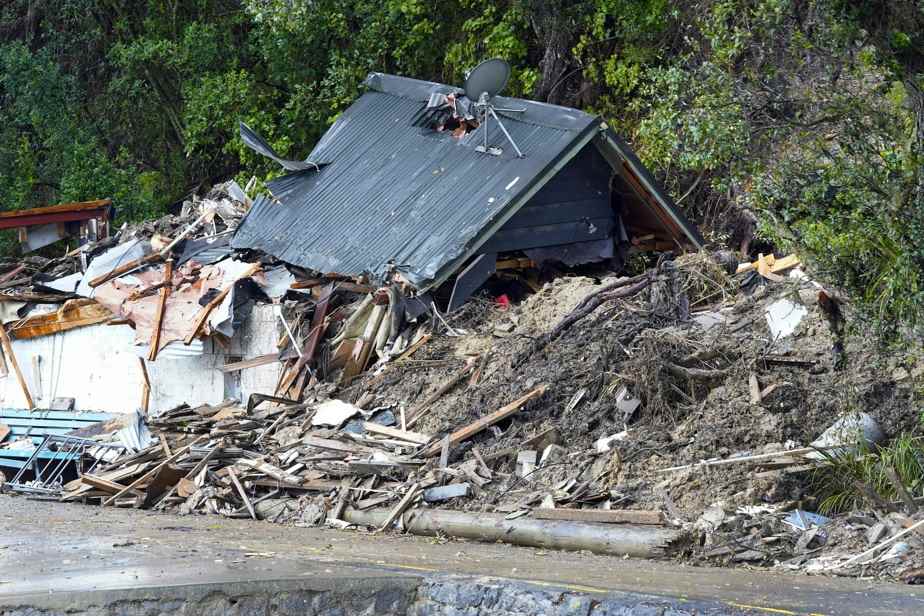(Wellington) The New Zealand government declared a state of emergency on Tuesday as tens of thousands of people were left without power due to a tropical storm battering the north of the country.
“These are unprecedented severe weather conditions that are having a huge impact across the north of the country,” said Emergency Management Minister Kieran McAnulty.
This is only the third time New Zealand has declared a state of emergency following the Christchurch bombings in 2019 and the COVID-19 outbreak in 2020.
The state of emergency was initially declared in five regions in the north of the archipelago, affecting nearly a third of the country’s 5.1 million inhabitants.
“We are facing large-scale flooding, landslides, damaged roads and other infrastructure,” the minister added.
Although the storm was downgraded from its cyclone status as it approached New Zealand on Sunday, downpours and high winds downed trees, damaged roads and brought down power lines.

PHOTO DIEGO OPATOWSKI, FRANCE-PRESSE AGENCY
A damaged road in Titirangi, a suburb of Auckland
A firefighter is missing, authorities said.
New Zealand Prime Minister Chris Hipkins, based in Wellington, was among a few thousand people stranded in Auckland (North), after the cancellation of flights due to the storm.
“Things will get worse before they get better,” Mr. Hipkins told a news conference on Monday, calling on people to “prepare” and “stay indoors if you can”.
Gusts of up to 140 km/h pounded northern New Zealand, and gusts of up to 110 km/h were recorded at the Auckland Harbor Bridge.
Auckland, the country’s largest city with 1.6 million people, is barely recovering from flash floods that killed four people in late January and forced thousands from their homes.
The weather conditions have disrupted New Zealand’s transport network, with cancellations of flights and train and coach journeys.
Air New Zealand said it had canceled 509 flights so far, but traffic was expected to resume as normal on Tuesday.
The airline said the travel of some 10,000 international customers has been disrupted.
